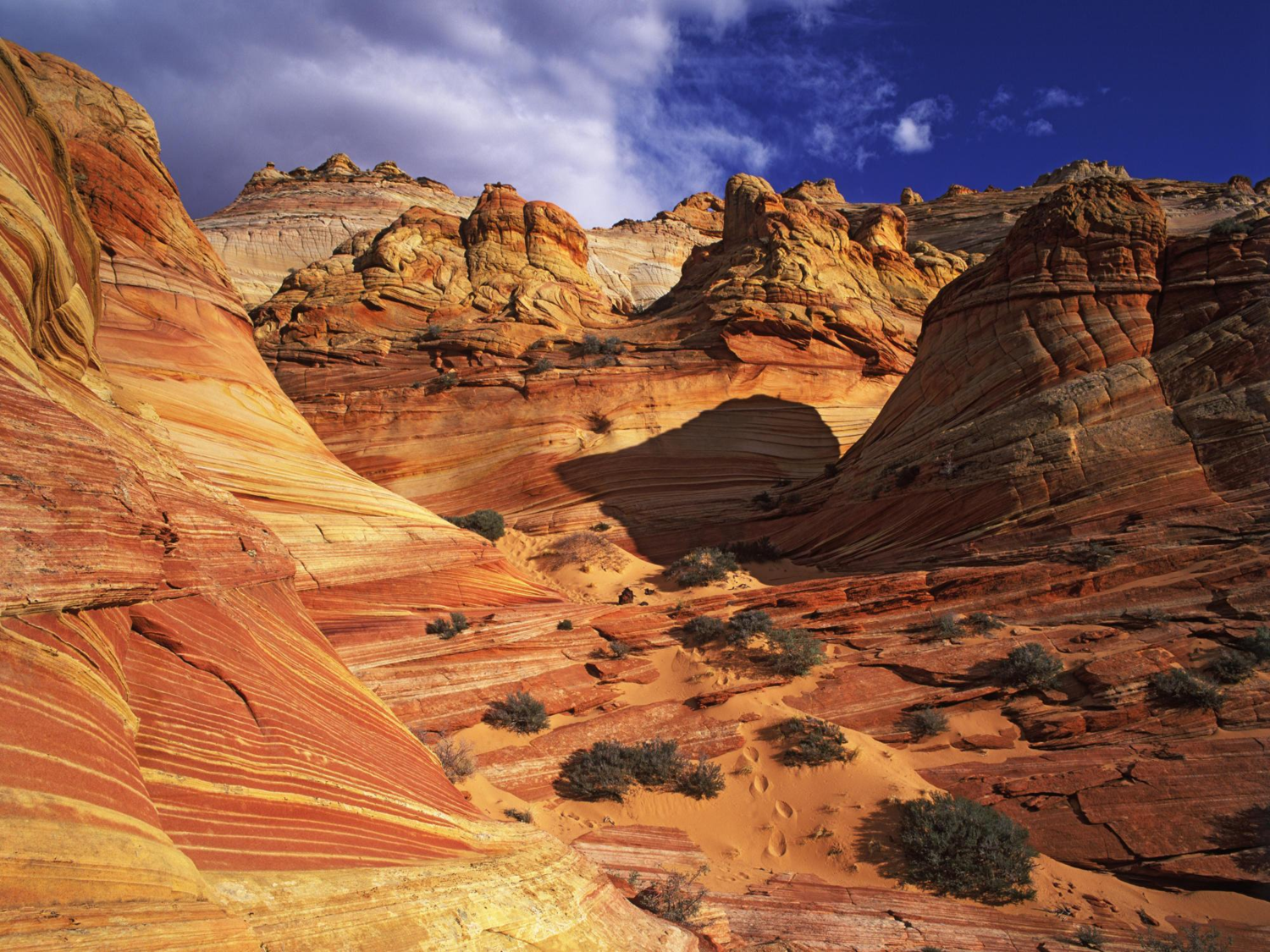

The right side of the truck slid off the summit while the left side remained on top. As we approached the far side, he said, “I’m going to drop over the edge,” and twisted the wheel sharply. Turrell paused to let the illusion sink in, then he restarted the engine and continued across the summit. You have to be between 500 and 600 feet above the terrain for it to happen.” This is an illusion that Antoine de Saint-Exupéry talked about. “But it can’t be,” Turrell said, “or we’d be surrounded by water. I followed his gaze, and it was true: The desert appeared to slope toward us from every direction, as if the volcano were sitting at the bottom of an immense bowl. “You see how the area right below us seems to be the lowest point?” he asked. The red-and-black volcanic cinder cone, located in Arizona’s Painted Desert, last erupted around 900 years ago. Moonrise and Earth’s shadow looking east from the crater’s rim. The desert stretched for miles around, a patchwork of green and gold and brown, with the snowcapped peaks of the San Francisco mountains on the horizon. Here and there we lost traction and slipped backward a few feet, but eventually we reached the top. The engine groaned and Turrell gripped the wheel with two hands as we climbed. “This is why I got this vehicle,” he said, starting up the side. When we reached the base of a red volcano, he shifted into four-wheel-drive. After a few miles, he turned off the pavement to follow a dusty road then he turned off the road and barreled across the desiccated landscape. We climbed into his pickup truck and drove into the desert.

It was a cloudless day in northern Arizona and James Turrell wanted to show me an illusion.


 0 kommentar(er)
0 kommentar(er)
